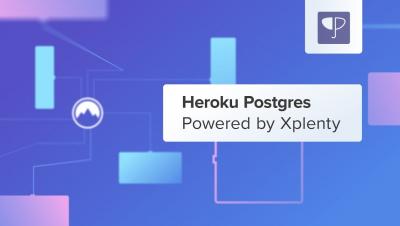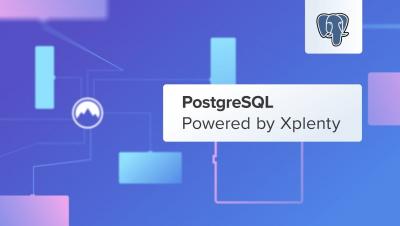Systems | Development | Analytics | API | Testing
Databases
How To Setup A Microsoft SQL Server Using Xplenty
How to Setup a PostgreSQL Connection Using Xplenty.
Bring Your Heroku Postgres Data Into NetSuite
What is eventual consistency and why should you care about it?
How to Use Fivetran dbt Packages to Accelerate Analytics
Fivetran dbt Packages accelerate analytics with off-the-shelf SQL for data modeling.
Benchmarking Redis with k6
Previously, I have covered an article on Load Testing SQL Databases with k6 . For your information, from k6 version 0.29.0 onwards, you can write a k6 Go extension and build your own k6 binaries. This comes in handy as you can use a single framework for load testing different protocols, such as ZMTQ, SQL, Avro, MLLP, etc. In this series of k6 extensions, let’s benchmark Redis now.
Migrating from Node Redis to Ioredis: a slightly bumpy but faster road
This blog post tells the story of why and how we migrated from the Node Redis client library to Ioredis.
Securing Your SQL Server Application: Enabling Client-Initiated Encrypted Connections
In the previous article we discussed how to enable a server initiated encrypted connection to a Microsoft SQL Server. But what if we have a scenario where we do not want to incur the overhead of encryption for every application? In that scenario instead of configuring the server to force encryption we will instead need the client to initiate the encrypted connection.










